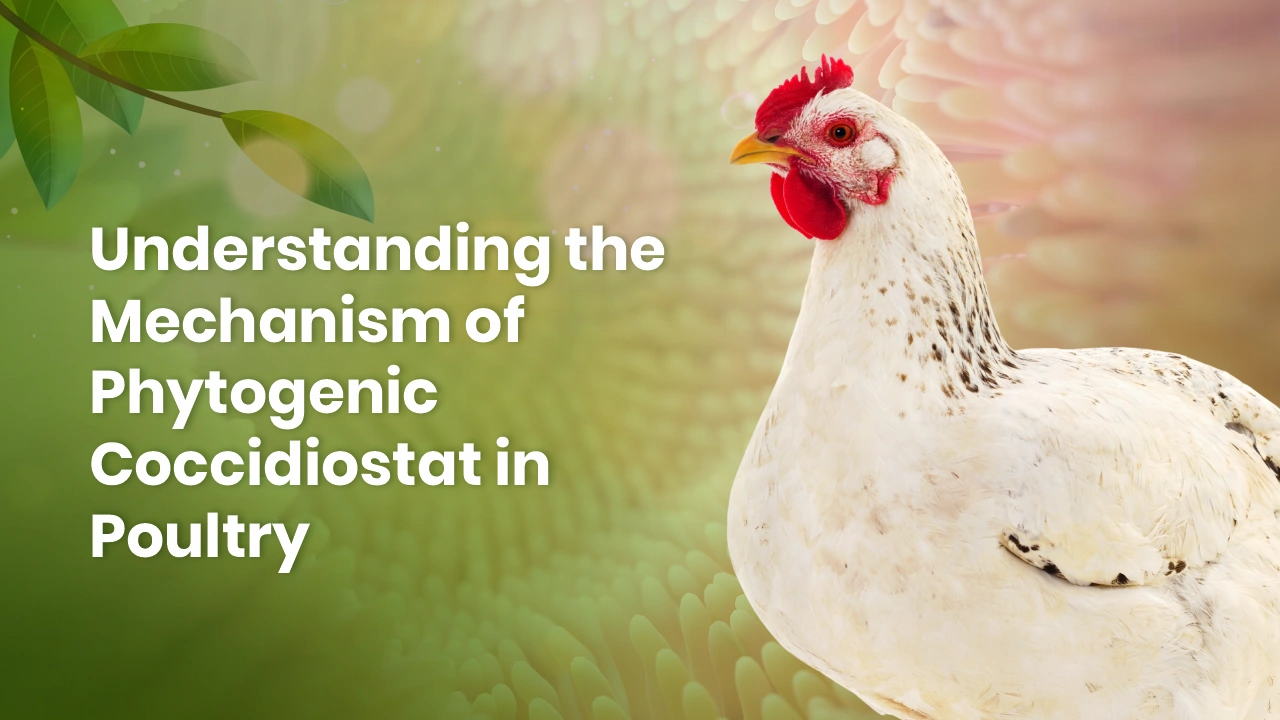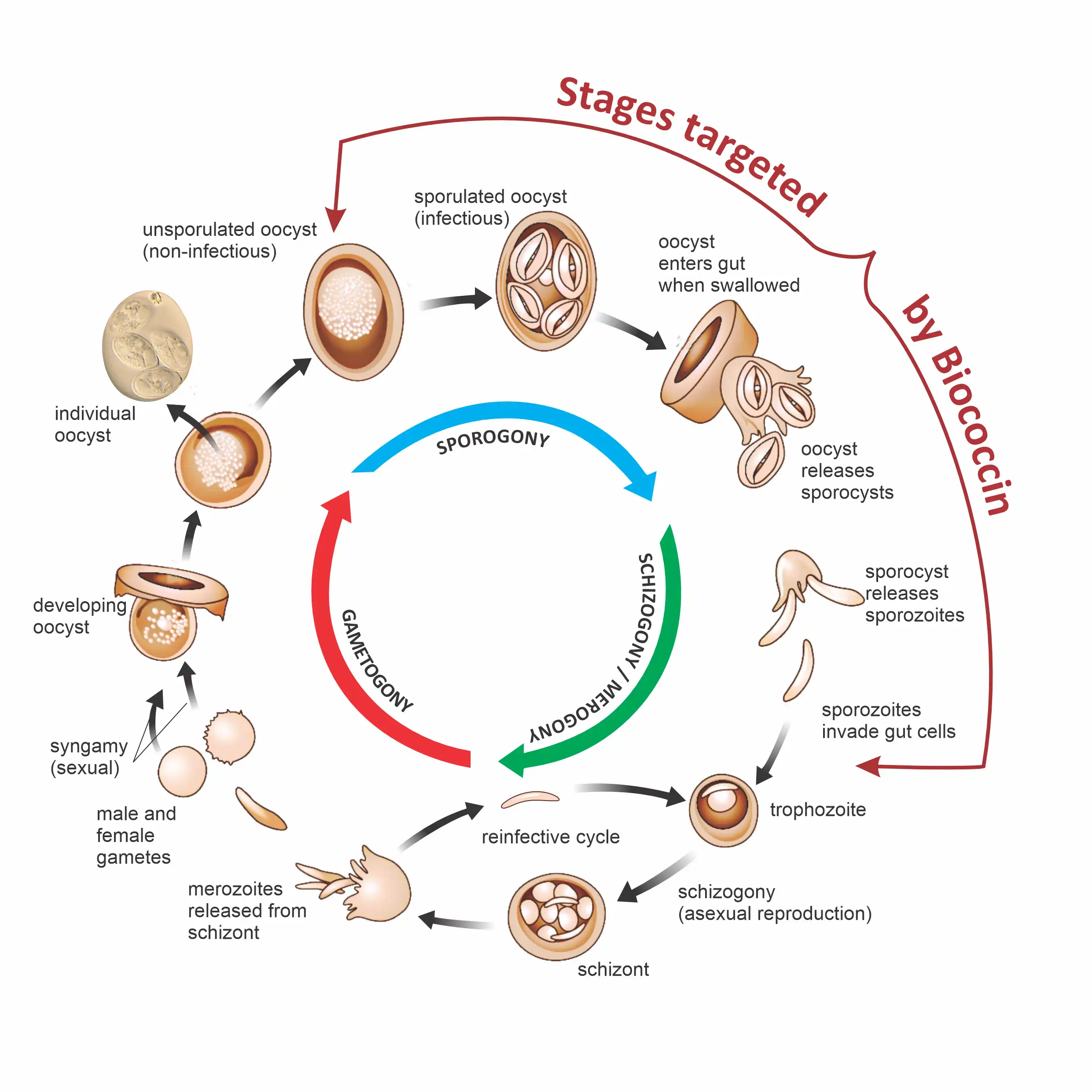
Coccidiosis is among the most important parasitic diseases in poultry, leading to intestinal damage, reduction of feeding efficiency, and heavy economic loss. This disease is generally characterized by protozoan parasites belonging to the genus Eimeria that infect the intestinal lining of poultry. It results in infections that cause damage to the intestinal epithelium, impairing nutrient uptake and weakening the immune system, while predisposing birds to secondary infections. This infection impairs growth and feed conversion, leading to increased mortality and higher production costs. Besides impairing growth and feed conversion, it results in increased mortality and higher production costs.
The disease has traditionally been controlled using synthetic coccidiostats; however, the development of resistance by Eimeria species and concerns over residues in poultry products have driven the interest toward finding natural, safe alternatives that are also compatible with organic farming. Thus, phytogenic solutions for coccidiosis have been increasingly sought after in antibiotic-free and residue-free poultry production.
Modes of Action of Phytogenic Coccidiostat:
Inhibition of oocyst sporulation
Many phytochemicals (e.g., tannins, flavonoids, and phenolic acids) are responsible for reducing oocyst sporulation or viability. This mechanism disrupts the lifecycle of the parasite and inhibits its multiplication.
Inhibition of sporozoite or merozoite invasion or replication
Some bioactive compounds may interfere with parasite invasion of epithelial cells. They act by binding to sterols in parasite membranes, thereby disrupting membrane integrity. Some phytogenic products have shown reduced oocyst shedding and lower lesion scores, suggesting interference with parasite replication or lifecycle progression in vivo.
Disruption of parasite cell membranes and metabolic pathways
Phytochemicals that bind to cholesterol/sterol molecules in parasite cell membranes cause leakage or lysis of the pathogenic cell. Some phytogenic compounds may also interfere with mitochondrial function and cell proliferation in the parasite, thereby inducing apoptotic-like death of infected cells. Additionally, the generation of reactive oxygen species (ROS) by phytochemicals may damage the parasite via oxidative stress.
Biococcin: Natural coccidiosis control in poultry
BIOCOCCIN
BIOCOCCIN is a phytochemical mixture derived from various ethnoveterinary herbs, which has a diverse mechanism of action against multiple species of Eimeria. It provides a long-term benefit. The active constituents in BIOCOCCIN suppress the developmental stages in the lifecycle of Eimeria and help control coccidiosis. It is a sustainable solution, providing poultry farmers with a safe, efficient, and environmentally conscious alternative.
Mode of Action:

Benefits of Biococcin
- Reduces the number of coccidia and keeps the infection in check till immunity is established
- Reduces oocyst shedding
- Decreases intestinal inflammation
- Enhances immunity and antioxidant status
- Improves recovery rate in poultry
- Reduces mortality rate in poultry
